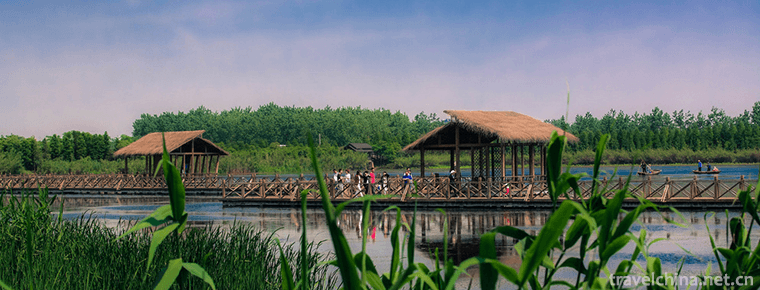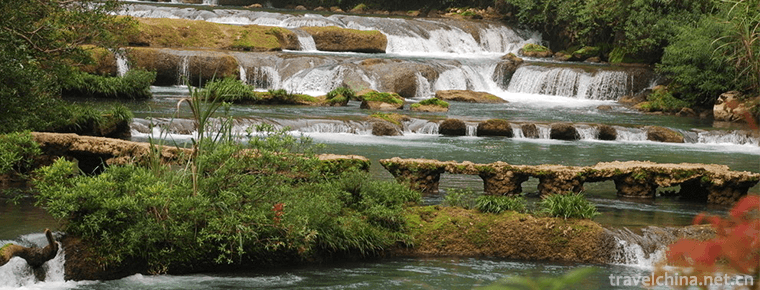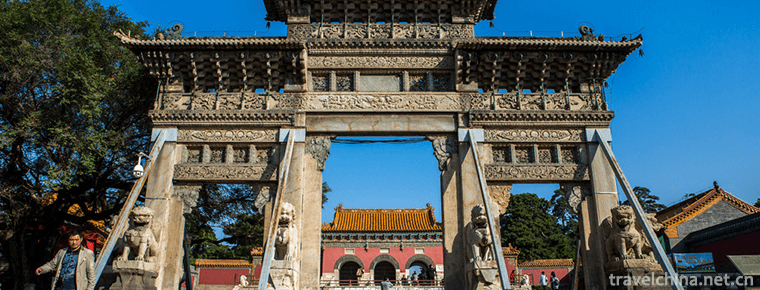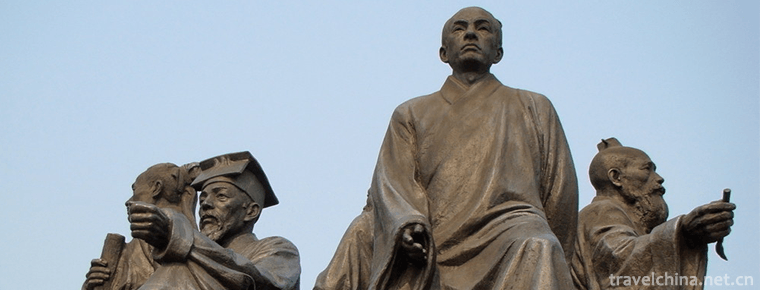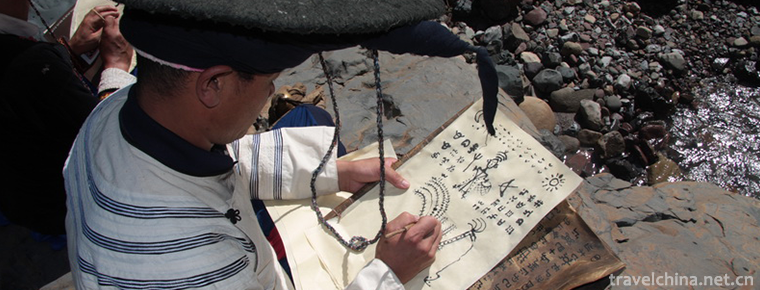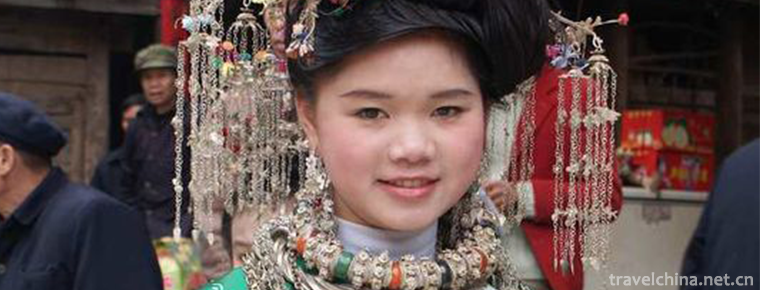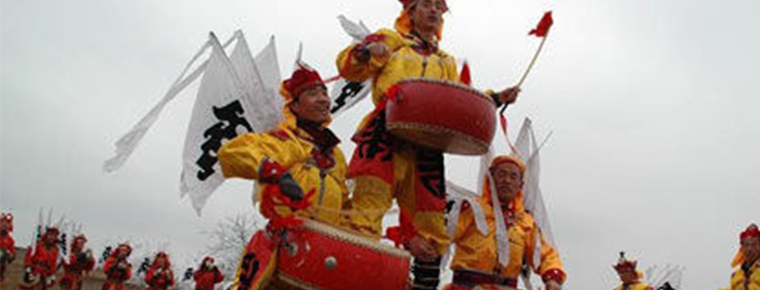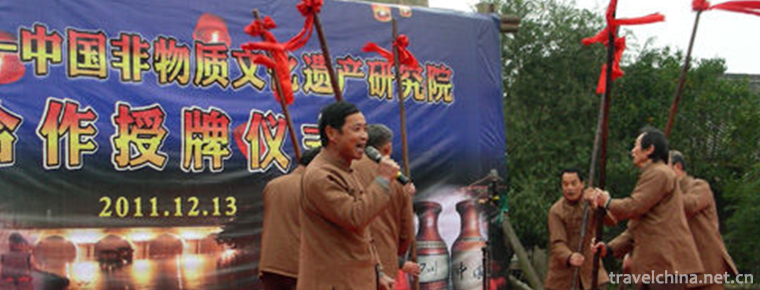Uygur Residential Architecture Skills Aiwan Sailai Residential Construction Skills
Uygur Residential Architecture Skills Aiwan Sailai Residential Construction Skills
Declaration area or unit: Hetian area, Xinjiang Uygur Autonomous Region
Uygur Aiwan Sailai dwellings are mainly distributed in towns and villages along the desert edge of the Tarim Basin, especially in Yutian, Moyu, Minfeng, Pishan, Hetian, Shache and Kashgar along the southern edge of the Tarim Basin desert.
Aiwan Sailai is a typical Uygur residential building form in Hetian. Aiwan refers to a square building with bright and ventilated meanings in the middle of the roof. Sailai refers to the living room or the place where guests are entertained in this kind of building. The whole building is called Aiwan Sailai.
The space in Aiwan is generally divided into two parts: the open courtyard space and the enclosed living room space. Aiwan is a closed, atrium-style layout. The living space consists of living rooms, dining rooms, back rooms, storage rooms, showers and other small rooms. The front rooms facing the courtyard are mostly equipped with external corridors, and the bottom corridors are mostly equipped with solid and non-heating kangs, namely "bundle covers", for sitting outdoors. Aiwangsai has no clear central axis, the layout of the plane is very flexible, the courtyard and building area is not fixed, can be large or small, according to population and economic conditions.
In the aspect of architectural decoration, Hetian Aywang mostly adopts the method of contrast between the real and the virtual, and mainly adorns. Gallery eaves paintings, mostly mosaic tiles, wood carvings and window edge decorations, mostly flowers and plants or geometric figures. Its decoration is mainly in the portico, Aiwang side windows and other parts, mainly wood carving, exquisite carving.
Uygur Aywan Sailai residential building construction techniques are mainly handed down by teachers, all of them are male, there is no written record, and handed down from generation to generation by oral and heart-to-heart teaching methods. With the popularization and popularization of modern residential building forms, the number of experienced folk craftsmen has decreased, and the traditional Aywan Saili residential building technology is in an endangered situation.
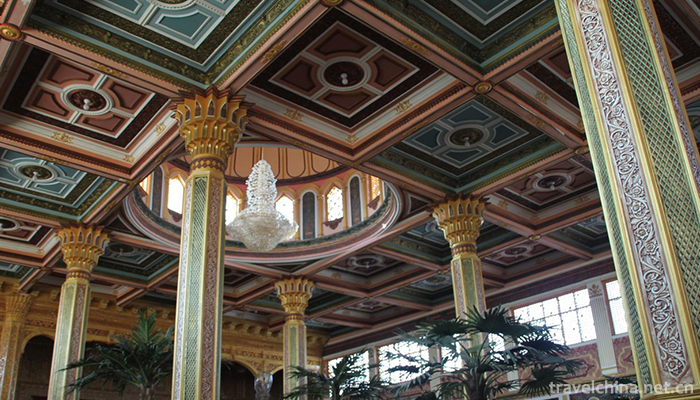
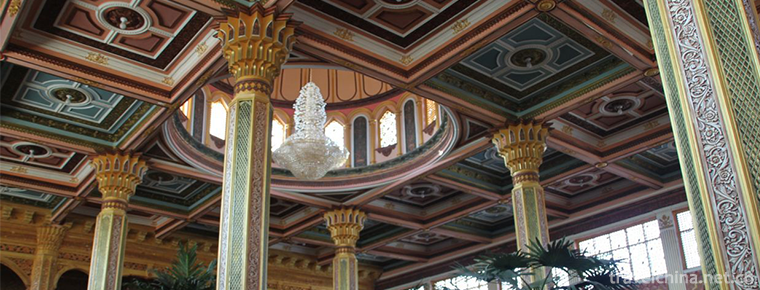
Uygur Residential Architecture Skills Aiwan Sailai Residential Construction Skills
-
Qin Lake National Wetland Park
Qinhu National Wetland Park is located between the central part of Jiangsu Province and the Yangtze and Huaihe River.
Views: 212 Time 2018-12-06 -
Libo Zhangjiang Scenic Spot
Libo Zhangjiang Scenic Spot is located in Libo County, Buyi and Miao Autonomous Prefecture, Guizhou Province, with a total area of 118.8 square kilometers. It is composed of big and small Qikong sceni
Views: 206 Time 2018-12-12 -
Zhao tomb in Qing Dynasty
Zhaoling Tomb of Qing Dynasty, the mausoleum of Taizong Emperor Taiji, the founding monarch of the second generation of Qing Dynasty, is located in the ancient city of Shenyang (Shengjing)
Views: 196 Time 2018-12-26 -
Shigu Academy
Shigu Academy, located in Shigu Mountain, Shigu District, Hengyang City, an important city in central and southern Hunan Province, is the birthplace of Huxiang
Views: 220 Time 2019-02-08 -
Bemo painting
Bimo Painting of the Yi Nationality is a kind of picture on paper or animal skin, bark, bamboo slips, stone, wooden boards and other carriers painted by Bimo, a priest of the Yi Nationality.
Views: 271 Time 2019-04-04 -
Dong minority clothing
Dong women's clothes vary in various styles, styles, decorative parts, patterns, hairstyles and handkerchiefs. They usually wear casual clothes, pay attention to practical use
Views: 552 Time 2019-04-28 -
Luochuans drums
Luochuan Yigu, a traditional dance in Luochuan County, Shaanxi Province, is one of the national intangible cultural heritage.
Views: 164 Time 2019-05-15 -
Make a chant
Bamboo and hemp trumpet is a traditional folk song of Qionglai City, Sichuan Province. It belongs to a kind of labor trumpet sung by local papermaking workers when playing bamboo and hemp. It is mainl
Views: 165 Time 2019-08-03 -
Chengdu University of Technology
Chengdu University of Technology was founded on March 15, 1956 and approved by the State Council. On March 27, the Ministry of Higher Education and the Ministry of Geology jointly issued a paper based
Views: 149 Time 2019-08-31 -
Beijing University Of Technology
Founded in 1960, Beijing University of Technology is a multi-disciplinary municipal key university with a combination of engineering, science, economics, management, literature, law, art and education
Views: 351 Time 2019-09-06 -
Zhang Jia Agui
Ah Kui (September 7, 1717 - October 10, 1797). Zhang Jiashi , word Guang Ting , Number Cloud cliffs Manchuria's blue flag people (after the war in Xinjiang were promoted to Zheng Bai Qi), a Bachelor o
Views: 208 Time 2019-09-11 -
Administrative division of Guangyuan
Guangyuan City has 7 county-level administrative divisions (Municipal District 3, county 4) and 142 township level administrative divisions (Street 7, town 111, township 24). It covers an area of 16310 square kilometers and has a population of 3.11 million. Guangyuan Municipal People's government is located at No.24, north section of Renmin Road, Lizhou district.
Views: 114 Time 2020-12-15
